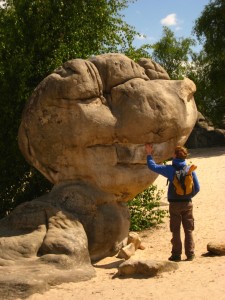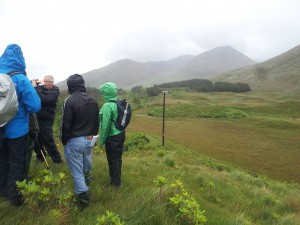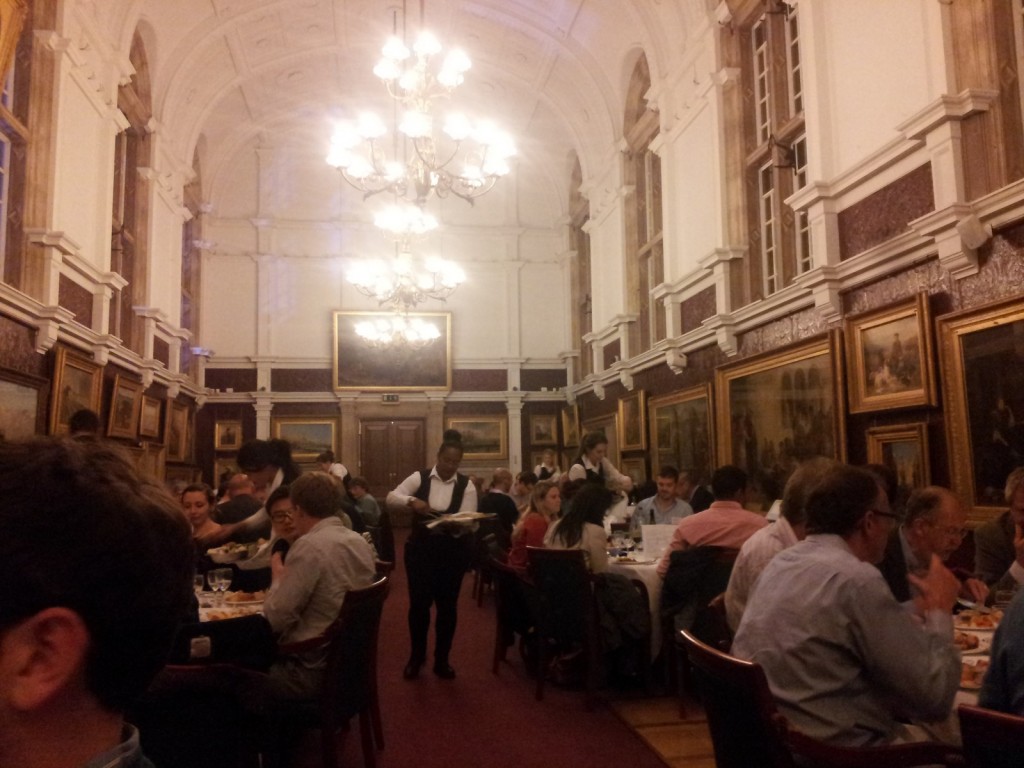It has been too long since my last post as the full impact of Post-doc life took hold: it’s been fascinating, fulfilling and fatiguing in equal measure. One recent development I’m delighted to compose a post about is a new initiative I’m helping to launch. It’s a Working Group aimed at evaluating how we, the geomorphology community, have communicated our science in the past, whether our approaches mesh with the types of information sought by external audiences as well as suggesting ways we can improve how geomorphological concepts are conveyed moving forwards.
My long-standing friends and colleagues (and EGU Geomorphology Division Young Scientist representatives past and present) Dr Emma Shuttleworth (University of Manchester) and Dr Lucy Clarke (University of Gloucestershire) and I were successfully awarded funding from the British Society for Geomorphology in February 2015 to establish a Full-term Working Group to evaluate how geomorphology is perceived by a range of audiences and determine how to best communicate and promote geomorphological ideas. More information is available on the BSG website.
The background to our funding application rests in the recognition amongst the research community that, despite the relevance of the subject to numerous environmental issues, it has recently been removed from the revised secondary school curriculum in the UK and its absence from media coverage of geomorphological hazards (e.g. floods and landslides) and geoscientific documentaries is notable. Several peer-reviewed papers have been published recently highlighting this issue:
- Tooth, S. (2009) Invisible geomorphology? Earth Surface Processes and Landforms 34: 752-754. DOI: 10.1002/esp.1724
- Gregory, K. et al (2014) Communicating geomorphology: global challenges for the 21st century. Earth Surface Processes and Landforms, 39: 476-86. DOI: 10.1002/esp.3461
- Woodward, J. (2015) Is geomorphology sleepwalking into oblivion? Earth Surface Processes and Landforms, 40: 706-709. DOI: 10.1002/esp.3692

A remarkable sandstone feature in Fontainebleau, France. A useful prop for communicating geomorphology? Photo: D. Schillereff
Nevertheless, we felt that there has been limited evaluation of how geomorphology is perceived from outside of academia and our FTWG seeks to redress this gap. If we can acquire a better grasp of how the public of all ages, teaching staff, members of the media, policy makers and industry representatives ‘see’ geomorphology, we’ll hopefully be able to pinpoint how to most effectively convey geomorphological information and its societal relevance to these different audiences in the future.

Professor Richard Chiverrell describing a series of eskers to a group of scientists with mixed interests. Photo: D. Schillereff
In terms of our initiatives, we will soon be launching an online survey to canvass the views of BSG members and find out how they’ve successfully communicated geomorphology in the past. We intend to a run a series of focus groups with different audiences to gauge their opinions on science communication and ultimately use this feedback to organise events where scientists from different spheres of geomorphology can share their expertise in ways most suited and of most use to these diverse groups.
More information (as well as the BSG questionnaire) will soon be available through the BSG website: http://www.geomorphology.org.uk/. We intend for this FTWG to be as open and inclusive as possible and we’d welcome feedback, suggestions or indeed expressions of interest to participate. Please contact myself (Daniel Schillereff; dns@liv.ac.uk), Emma Shuttleworth (Emma.Shuttleworth@manchester.ac.uk) or Lucy Clarke (LClarke@glos.ac.uk).
Lastly, we are greatly appreciative to the British Society for Geomorphology for funding this Working Group and we are excited about moving forwards with this initiative.

